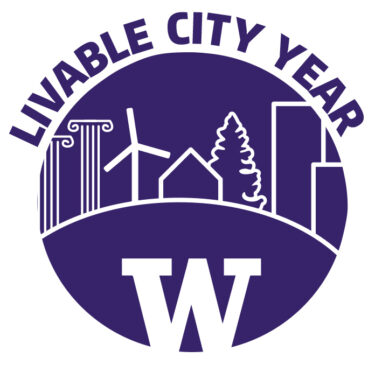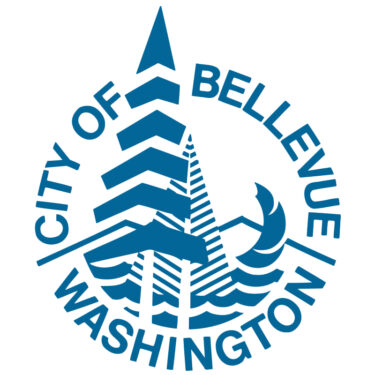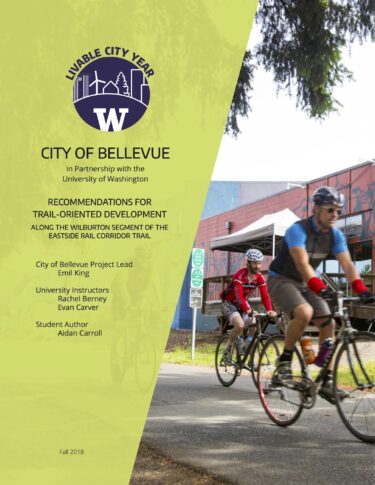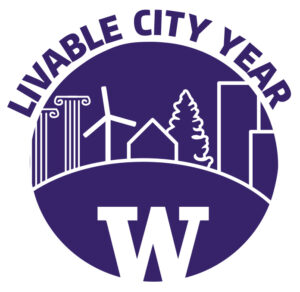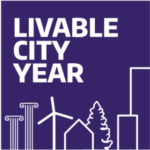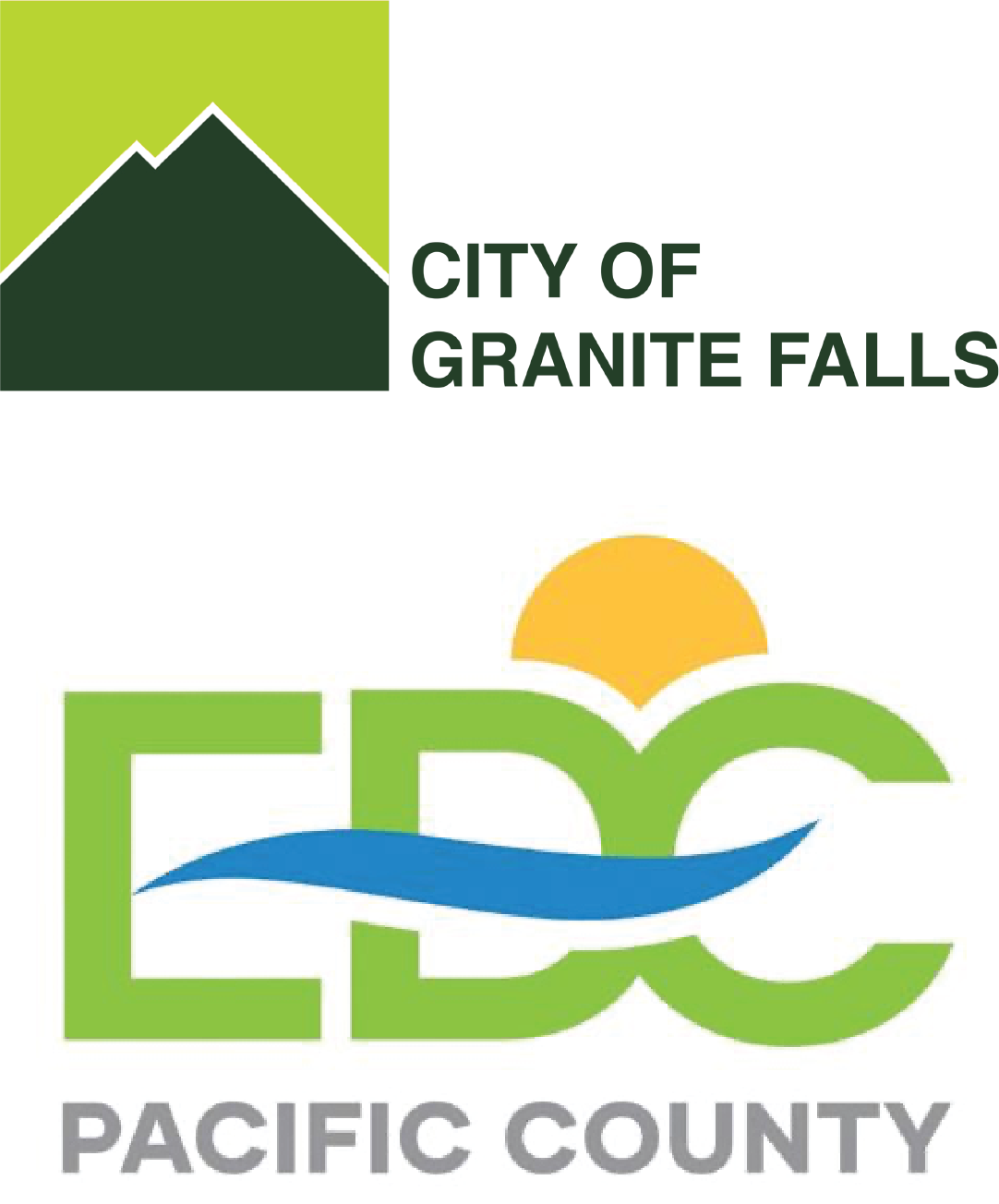Recommendations for Trail-Oriented Development along the Wilburton Segment of the Eastside Rail Corridor Trail
2018-2019 Livable City Year – Bellevue
City Project Leads: Emil King, Community Development
UW Instructor: Rachel Berney and Evan Carver, Community, Environment and Planning
Course: CEP 460 Planning in Context
Project summary:
Trail-oriented development is an urban design framework that promotes linking people to local businesses, community spaces, public services, and neighborhoods by way of trails and trail-supportive infrastructures. Trail-oriented development is similar and complimentary to transit-oriented development.
As an emerging infrastructure for supporting non-motorized transportation,
the Eastside Rail Corridor Trail (ERCT) offers new opportunities for the City of Bellevue to target innovation, sustainability, and quality of life. Trail-oriented development offers residents, employees, business owners, and customers more freedom to choose how they travel through their communities, and it welcomes new opportunities for people to interact, connect with and feel stimulated by their immediate surroundings, and engage in active modes of transportation. Trail-oriented development promotes socialization and connects people to local businesses, thereby supporting improved social and economic conditions. The ERCT presents a major opportunity for the residents of east King County, including residents of Bellevue, to access other areas via an interconnected trail system. The 16.7-mile-long continuous route will connect Bellevue to the cities of Renton, Kirkland, Woodinville, and Redmond. Upon its completion, the ERCT will link to other bike- and pedestrian-focused projects in Bellevue, such as the Grand Connection, a trail planned to link Lake Washington and downtown Bellevue to the Eastside Rail Corridor Trail. This Livable City Year project considers plans for a segment of the ERCT to run through the Wilburton neighborhood in Bellevue and how trail-oriented development can be achieved.
We examined a series of case studies from cities near and far to interpret their experiences with trail-oriented development and to identify associated costs and benefits. We considered the impacts of trail-oriented development projects in
the following places: Seattle, Washington; Kirkland, Washington; Chicago, Illinois; Atlanta, Georgia; and Brownsville, Texas (proposed). Our team also met with local stakeholders to refine our research approach and to improve our understandings of how the existing Eastside Rail Corridor will be transformed into the Eastside Rail Corridor Trail. Ultimately, we synthesized our lessons learned from the case studies with the feedback we received from local stakeholders to formulate a set of best practices to guide the City’s future development of the trail.
Combining the information we gathered from our case studies with data derived from spatial analysis, we devised a set of best practices for the development of the Eastside Rail Corridor Trail through Wilburton. We highlighted four distinct sites in Wilburton, where surface streets and the trail will intersect. These areas are particularly promising for trail-oriented development. We also generated suggestions for how the City can apply trail-oriented development techniques more broadly to promote social, environmental, and economic well-being. We organized our suggestions based upon one of three overarching strategic approaches: tactical urbanism, adaptive reuse, and long-term development.
Part of the 2018-2019 Livable City Year partnership between the University of Washington and the City of Bellevue.
See all Livable City Year projects in Bellevue that UW students and faculty worked on during the year-long partnership.
